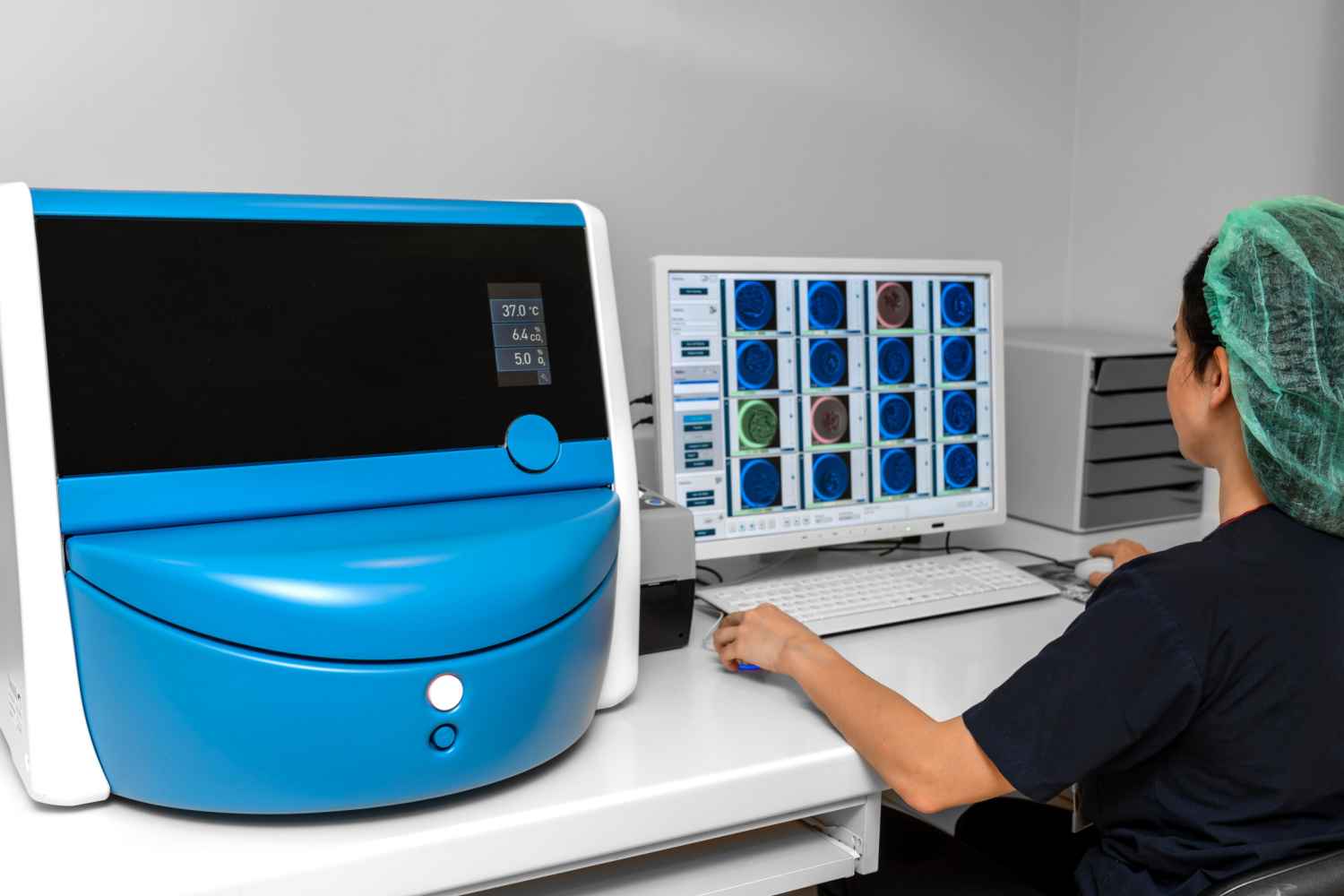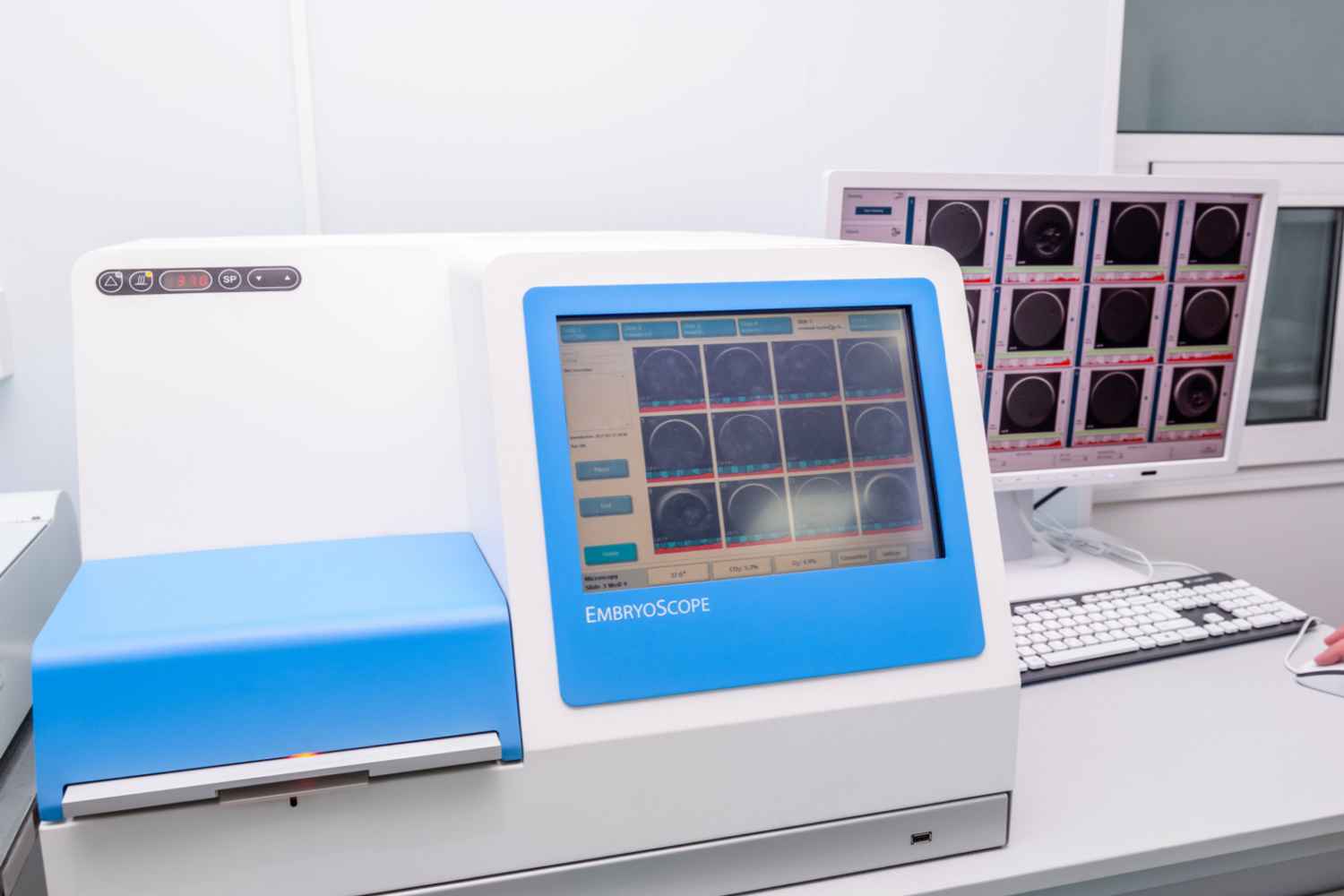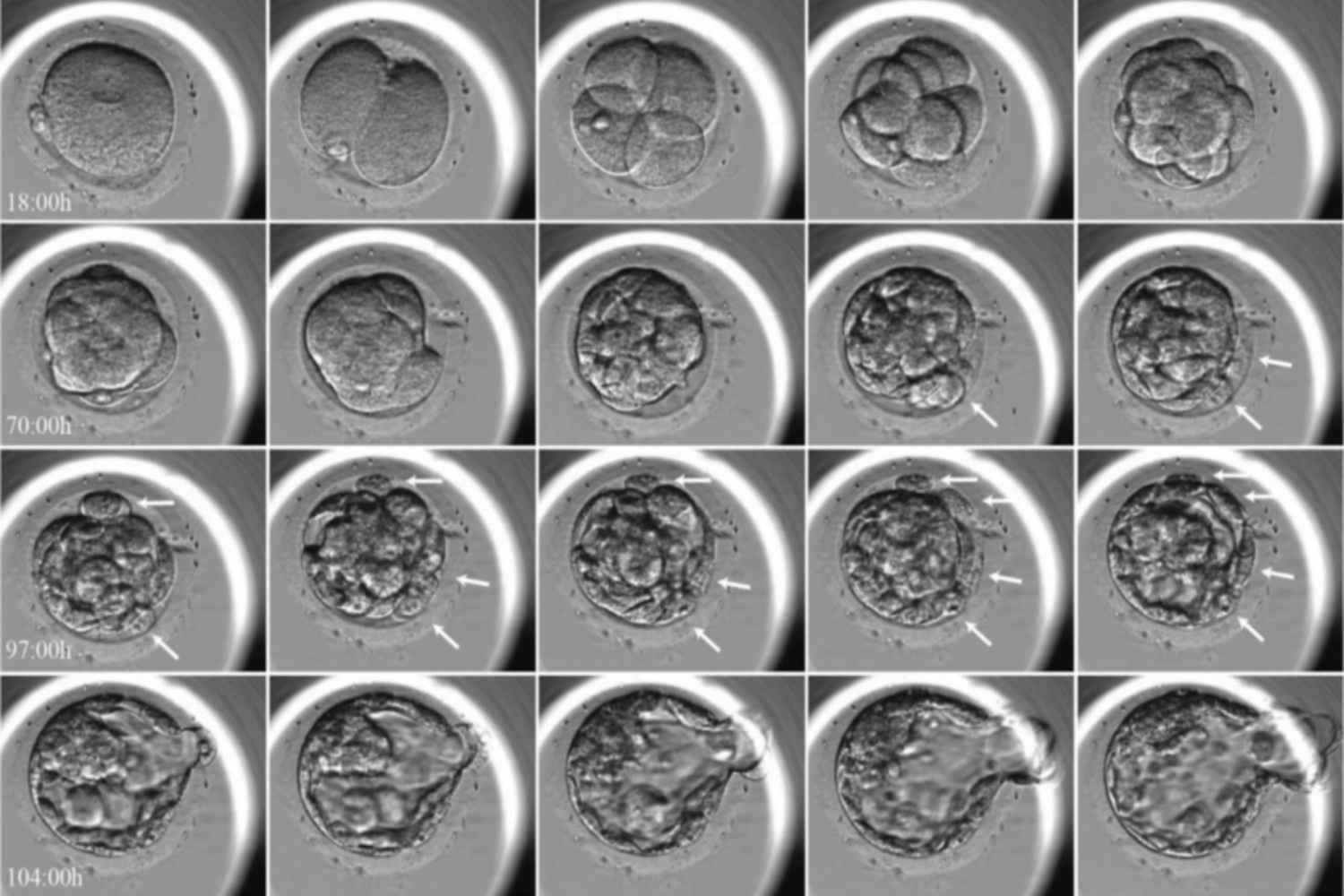
Technology in the area of human fertility and reproductivity is forever evolving. Gone are the days when couples had to endure infertility without any tests or help to identify the real problem. With IVF, many infertile couples realize their dream of having biological children. Embryoscope is an advancement in IVF technology that is bound to improve the success rate further.
IVF In Vitro Fertilization is a fertility where the fertility specialist extracts the female’s eggs and the male’s sperm, and fuses them under clinical conditions. Once an embryo is formed, the doctor will transfer the embryo into the female’s uterus for implantation. All this has to happen at the right time for the best outcomes. If you are planning for an IVF, read on to learn more about the latest developments in this area.
In This Article
- What is Embryoscope?
- How Does Embryoscope Work?
- Advantages of Embryoscope
- Which Patients Can Benefit From the Use of Embryoscope Technology?
- Are There Any Side Effects of Embryoscope?
- Limitations of Embryoscope
- Embryoscope Pregnancy Success Rates
- FAQ’s
What is Embryoscope?
An embryoscope is an incubator with advanced technology to store the embryo after fusing the egg with the sperm. After formation, the embryos are kept in an incubator for about 2-6 days for them to start dividing into cells. The incubator is a controlled environment that mimics a uterus and helps the embryos to start developing.
The fertility expert will keep a close watch on the embryos and transfer the embryo with the highest chances of implantation to the uterus after the cell division starts. They will routinely take the embryo out of the incubator to check for progress. Removing them from the controlled environment frequently can affect the embryos as it alters their environment and can send them into shock (1).
An embryoscope removes this step and allows the embryos to sit in the controlled environment without any disturbance until it is time for transfer. It uses advanced technology that does not require the removal of the embryos for checking. Hence, the embryos will continue to stay in the controlled environment without any change in temperature or shocks that can affect their maturing process.
How Does Embryoscope Work?

The EmbryoScope™ time-lapse system enables close monitoring of the embryos throughout the incubation period. It has an inbuilt camera that takes pictures of the embryos every 10 minutes. All these images together make a time-lapse video that the fertility specialist can watch from time to time for close monitoring.
The close-up high-quality imaging of the embryos not only facilitates close monitoring but also removes the need to take the embryo out of the controlled environment multiple times, for evaluation.
Advantages of Embryoscope

The biggest advantage of an Embryoscope is close monitoring of the embryos without disturbing their environment.
Earlier, an embryologist would take the embryos out of the controlled environment for a specific length of time to get a close look under the microscope. This step cannot take much time as keeping the embryos out of the controlled environment will affect their development.
So, there was room for human error, which in turn can affect the final outcome of the entire treatment.
The embryoscope provides a high-quality time-lapse video of the embryo for the entire incubation time. the embryologist can go through these videos and images to derive the optimal time for uterine transfer. Since the embryos remain in the controlled environment all the time, there is no room for human error of mishandling or keeping them out for too long. This in turn reduces the chances of IVF failing.
To sum up, an Embryoscope offers the following benefits (2)
- Reduces human handling
- Facilitates close monitoring at all times
- Provides a stable environment throughout incubation
- Aids in embryo selection
- Provides continuous information about the cell division in the embryos, which helps in choosing the best embryo for implantation
- Has been able to improve IVF success rates.
Which Patients Can Benefit From the Use of Embryoscope Technology?

Patients undergoing IVF and ICSI treatments can benefit from the use of Embryoscope technology.
In IVF the egg and the sperm are fused in a dish under clinical conditions. In ICSF (Intracytoplasmic Sperm Injection) the doctor will inject the sperm directly into the center of the egg. IVF requires close monitoring of the embryos, to choose the best embryo and optimal time for uterine transfer.
For both treatments close monitoring is crucial. Embryoscopes can help in this monitoring and increase the success rates of these treatments.
Are There Any Side Effects of Embryoscope?
No, there are no known side effects to using an embryoscope. Since the Embryoscop’s work is to just monitor the embryos, it does not come in contact with the body or the embryos. So, there are no side effects to using this technology.
However, due to close monitoring, the embryologist might reject all embryos if they don’t meet the parameters for uterine transfer.
With older technology of observing the embryos under the microscope, many details were not available. The doctor will just select the best embryo from the lot and transfer it to the uterus for implantation. This method provided more chances to try.
Embryoscope, though increases the level of monitoring, might also reduce the number of embryos that qualify for uterine transfer.
Research shows that some of these rejected embryos in fact lead to successful pregnancies (3). So, Embryoscope might increase the overall IVF success rate but reduce the number of IVF cycles or treatment attempts by rejecting many embryos.
Limitations of Embryoscope
Like any other technology, the Embryoscope also has its limitations. The Embryoscope facilitates close monitoring of the embryos in one position. It is not possible to rotate the embryos for closer inspection on all sides. This might prevent or interfere with the assessment of the embryos in certain stages. This can also contribute to an increase in the number of embryo rejections.
Embryoscope Pregnancy Success Rates

According to a publication by the NHS, UK (4) the success rate of IVFs with Embryoscope was predominantly higher than those without. Analysis of their own data showed the use of this helped increase the IVF success rates by 8.6%. In their quality group, the use of Embryoscope increased the success rate by 14.8% on average.
Many fertility clinics and hospitals, on their websites, declare that this has helped increase their IVF success rates. As of now, there are no reports of any harm to the Embryo or the pregnancy, due to the use of Embryoscope.
IVF is a major breakthrough in fertility medicine. This technology continues to help many couples suffering from infertility. An Embryoscope is an addition the the IVF technology that aims to improve the IVF’s success rates.
FAQ’s
1. Does Biopsy Hurt Embryos?
A biopsy of the embryo using BB (Blastomere Biopsy) or TB (Trophectoderm Biopsy) requires removing cells from the matured embryo for testing. The biopsy helps analyze and decide on healthy embryos for uterine transfer. Some studies show embryo biopsy can hurt fetal development and placenta functioning.
2. What is Embryoscope Time-lapse Incubation?
Embryoscope time-lapse incubation is an advanced technology that uses built-in cameras in the incubators to take close-up pictures of the embryos every 10 minutes, to make a time-lapse video of the same. The time-lapse video helps in monitoring the embryos’ development and identifying the optimal time for retrieving the embryo for uterine transfer.
3. What is The Embryoscope Procedure?
Embryoscope is an advanced technology in IVF treatment that facilitates close monitoring of the embryos without taking them out of the controlled environment. It also helps identify the most suitable embryo and aids in increasing the success rate of IVF.
4. Is it Easier to Get Pregnant After a Biopsy?
A biopsy can lead to the narrowing of the cervical canal and make it difficult for the sperm to travel up to the egg. In most cases, a biopsy does not interfere with a woman getting pregnant but it may not increase her chances.
References
- EmbryoScope™ | Cambridge IVF – [https://www.cambridge-ivf.org.uk/services/fertility-treatments/embryoscope/]
- In-Vitro Culturing Of Human Embryos. Time-Lapse Technologies And Embryoscope – [https://www.researchgate.net/publication/328804184_IN-VITRO_CULTURING_OF_HUMAN_EMBRYOS_TIME-LAPSE_TECHNOLOGIES_AND_EMBRYOSCOPE]
- Limitations of a time-lapse blastocyst prediction model: a large multicentre outcome analysis – ScienceDirect – [https://www.sciencedirect.com/science/article/pii/S1472648314002466]
- Centre for Reproductive Medicine – [https://www.uhcw.nhs.uk/download/clientfiles/files/Embryoscope)]
